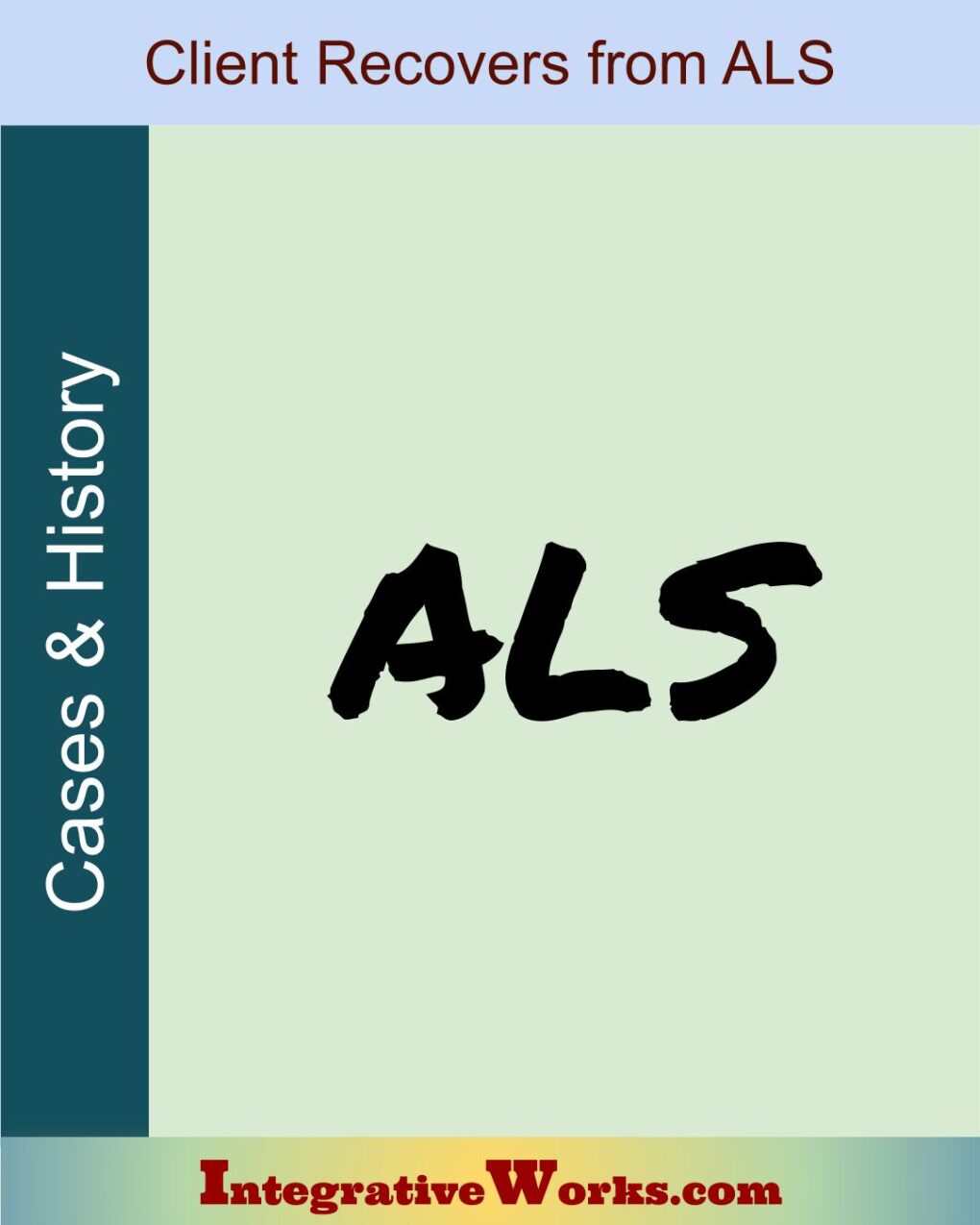I was working with Burt (not his real name) yesterday morning and told him about my blog. He asked me to write about him. So, here’s the story.
Burt was diagnosed with ALS by Emory and The Mayo Clinic. He and his wife came in to see me last October. They had big stacks of papers from all the doctors they had visited. The musculature on his forearms and hands had atrophied so that they looked like toothpicks and he had jerky spasms all night in his upper body. His doctor said that these spasms were more “spectacular” than the ones he normally sees with ALS.
Another client, Richard, told him to come to see me. “I can’t explain his therapy because he usually starts working a spot nowhere near the pain I describe. But when he’s finished, I’m out of pain.”
Okay.
Seems like I’m in over my head with Burt and his ALS, but let’s run a few tests. I don’t expect to find anything interesting. After all, the doctors have already run multiple nerve conduction tests and clearly determined he has ALS. Still, I go to my trusty freezer and get an ice cup. Per my suggestion, Burt grips his wife’s arm before and after I stroke the various muscles with ice. They both notice that Burt is stronger after being stroked with the ice cup.
So, I talk to them about trigger points and I explain how pain and cold travel over the same nerve and when I stroke that muscle it temporarily disables the trigger point. I tell them the basic principle of cranial therapy (read The Godfather of Organized Pain) and how the top vertebra in the neck is a key part of the Pain Organization. Burt then explained that he also had tonsil cancer and had quite a bit of work done near there. Well, there’s a clue.
Burt didn’t have any other real options so we give this a shot.
I spend time tracking down the cranial problems that are connected to the forearm, shoulder and lower cervicals. In these beginning sessions, I also take the last few minutes to mobilize his atlas, lower cervicals and shoulder joints.
With regular cranial work, Burt makes steady progress. His forearms grow and become stronger. The nightly spasms reduce dramatically. He is pleased. His wife is really pleased.
Burt went back to his doctors in January. They retract his diagnosis of ALS. Burt’s doctors say people don’t recover from ALS and ask what he did. Burt explains about seeing me. He tells them I said he shows signs of thoracic outlet syndrome. He tells them that when I mobilized restrictions in the cranium and atlas that it changed the balance of the lower cervicals and structures of the thoracic outlet. They tell him I don’t know what I’m talking about. They say that the cranium and atlas have nothing to do with thoracic outlet. Except that they do. They strongly suggested that he quit seeing me.
Yeah, I don’t get that.
Burt works in the field as an engineer for a utility company. He had a performance review this past spring. The previous year, his boss was certain Burt would be going on disability and take early retirement. The other guys in his union had problems with his growing disability. This time, his boss was surprised to see him recover and now thinks that he will be able to work until he earns full retirement.
We work together each week for about an hour. We talk about grilling. We talk about vacations. We steadily work on dismantling The Pain Organization. We also smile a lot about his progress.
It’s a great job. Really.
Tony Preston has a practice in Atlanta, GA. You can learn more about his courses or getting a session with him on his web-site.


Comments are closed.